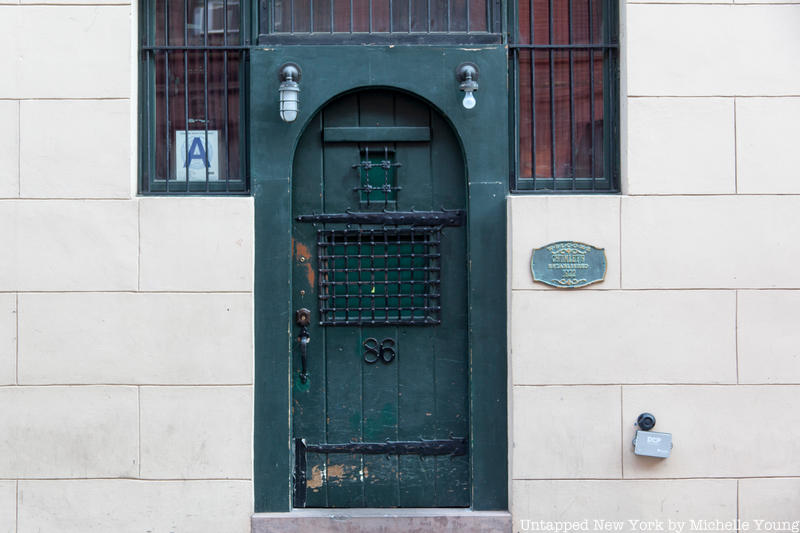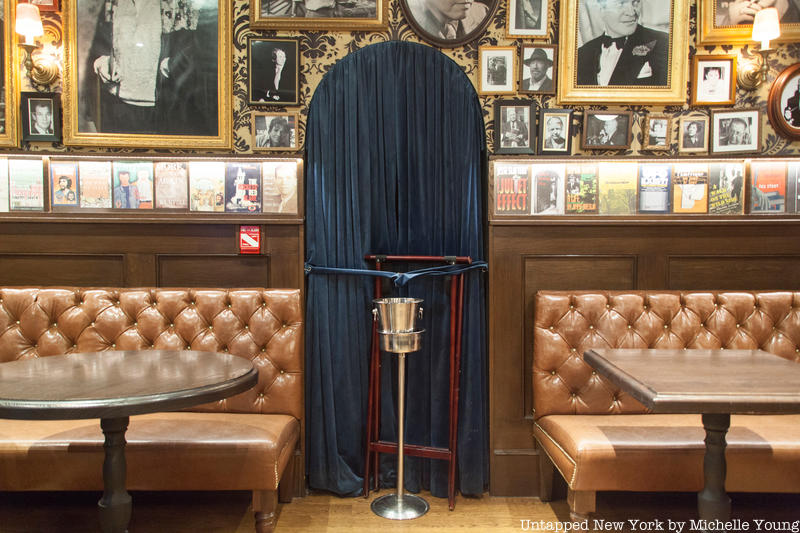Though New York City has changed drastically over the years, with modern skyscrapers, multi-million dollar structures and countless high-rises taking over the skyline, there are luckily still some buildings with rich histories that are hanging on. One is Chumley’s — which originally opened in 1922 and was a hot spot during Prohibition. And after a few bouts of openings and closings, it was restored to its former glory right in the same space that so much history has taken place in.
The Chumley’s that reopened in 2016 is true to its speakeasy history in the sense that it is still quite hidden. There is only an iron “86” on the door that names the building on Bedford Street, one you need to keep a sharp eye out to catch. And even though the renovation brought about a lot of changes, it is still the same physical space that is home to so many stories and hidden treasures.
Current co-owner of Bedford Street Hospitality, Alessandro Borgognone, said those stories are one of his favorite parts of owning the restaurant. “I love hearing that a customer’s parents met here, or drank here,” he said. “I love when people come through the doors and say to their kids, ‘I haven’t been here in 50 years.’ Every night you can count on at least one person having an old story to tell.”
Here are ten secrets of the New York City speakeasy icon:
1. Chumley’s always had two entrances

The main entrance was 86 Bedford Street, and though it is still rather hidden with no clear signage, back in the day there was also a secret entrance down Barrow Street and through Pamela Court, which you would have to enter through a courtyard. “It was just built that way,” Borgognone said. “58 Barrow Street is still accessible to us (used for emergencies only), but it leads out to what is now a private courtyard for the residents that live there.”
 The former exit out to Pamela Court, now an emergency exit and alarmed
The former exit out to Pamela Court, now an emergency exit and alarmed
And perhaps there was one other, even more secretive entrance? The neighboring home at 17 Grove St.—one of the last remaining wood-framed houses in Manhattan—supposedly holds an underground tunnel that “once acted as a direct passage” to Chumley’s, according to the description from its realtor Jane Beal. This tunnel was also mentioned in a New York Times article from 1988, referencing Leland Chumley’s radical activities with the Industrial Workers of the World: “Should the Red Square come calling, there were four downstairs exits, a dumbwaiter to transport Wobblies to the second floor, and a tunnel to a house a block away.”





